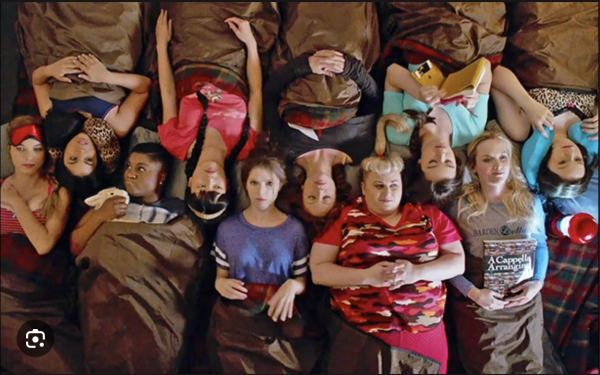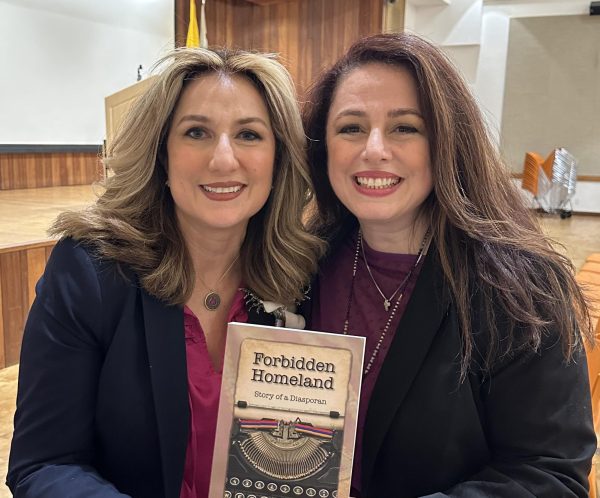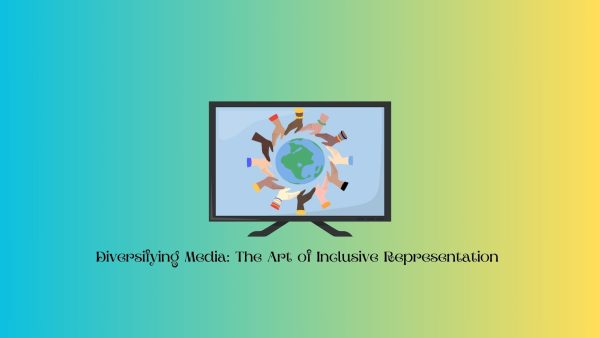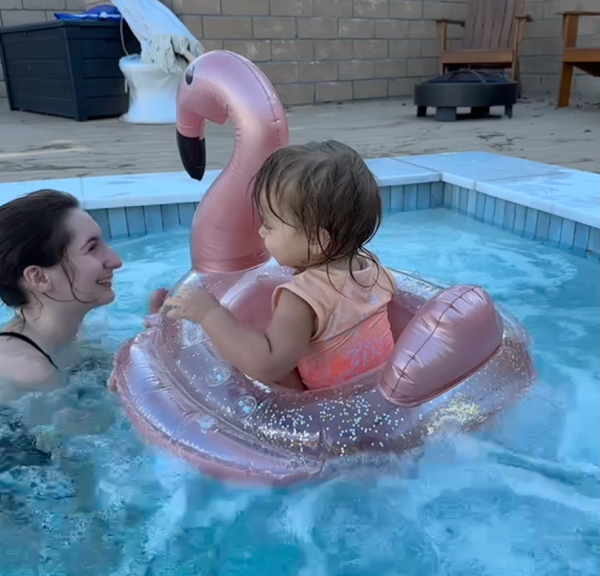Is It Possible To Live Entirely Cruelty-Free?
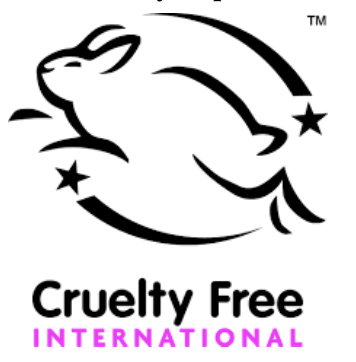
The Leaping Bunny logo is a trademark that immediately signifies if a product partakes in cruelty-free practices.
October 10, 2022
“Cruelty-free” is a popular term used to describe a product that has been made without animal testing. Many products can be cruelty-free, including toothbrushes, laundry detergent, lip balm, and makeup. Although it seems like a reasonable feat to live in such a way that no product you own has ever been tested on animals, it’s much more complicated than that.
Let’s start off with what cruelty-free means. Leaping Bunny is the authoritative figure in the world of certifying cruelty-free products. They explain that when a company says that they are cruelty-free, they might not test on animals, but their factory partners and affiliates may endorse cruel practices.
An example of this is the brand Love, Beauty, & Planet, which makes its lotions in the United States where it doesn’t test on animals, but sells products in China, where animal testing is mandatory. Either way, the company in itself is not cruelty-free, and this stumps many consumers in that it prevents them from being entirely cruelty-free. Companies that, on the surface level, are cruelty-free, may not always be. So, a real cruelty-free product is one that does not test on animals in any harmful way in any capacity as far as their products can track back to.
Another issue with being entirely cruelty-free is quality control. Many products that use abusive practices are considered to be better quality. For example, if someone were to find out that they have acne, they could be prescribed Benzoyl Peroxide, which is tested on mice and rats, therefore preventing it from being cruelty-free.
The best way to live cruelty-free is to be aware of where the products you purchase come from and support businesses who align with the cause. — Nandini Trivedi (11)
Another example of products that are inherently cruel is different types of medicine. PubMed explains in a recent article that the influenza vaccine is tested on ferrets and mice, and in most cases, people don’t avoid vaccines as they allow for a better chance at a healthier lifestyle.
More products than people may assume are actually cruelty-free. For example, Purell, one of the most popular hand sanitizer brands, has recently been certified as cruelty-free because they only test on humans. At school and in most public bathrooms, soaps are usually from Dial, who just recently became certified as cruelty-free by Leaping Bunny.
Now, is it actually possible to be cruelty-free? No, it is not possible. If someone wants to live a healthy, dentist and doctor-monitored life that has gas-powered cars and regular haircuts, they cannot. Nandini Trivedi (11) acknowledges this, and shares, “the best way to live cruelty-free is to be aware of where the products you purchase come from and support businesses who align with the cause.”
I use cruelty-free body wash, lotion, and ADA-certified toothpaste, toothbrushes, and mouthwash, but the cough medicine and Advil I also use are not cruelty-free. So, to pay your part to animals by avoiding testing on them, it’s helpful to try and buy cruelty-free products, even if it is virtually impossible to live entirely cruelty-free.













